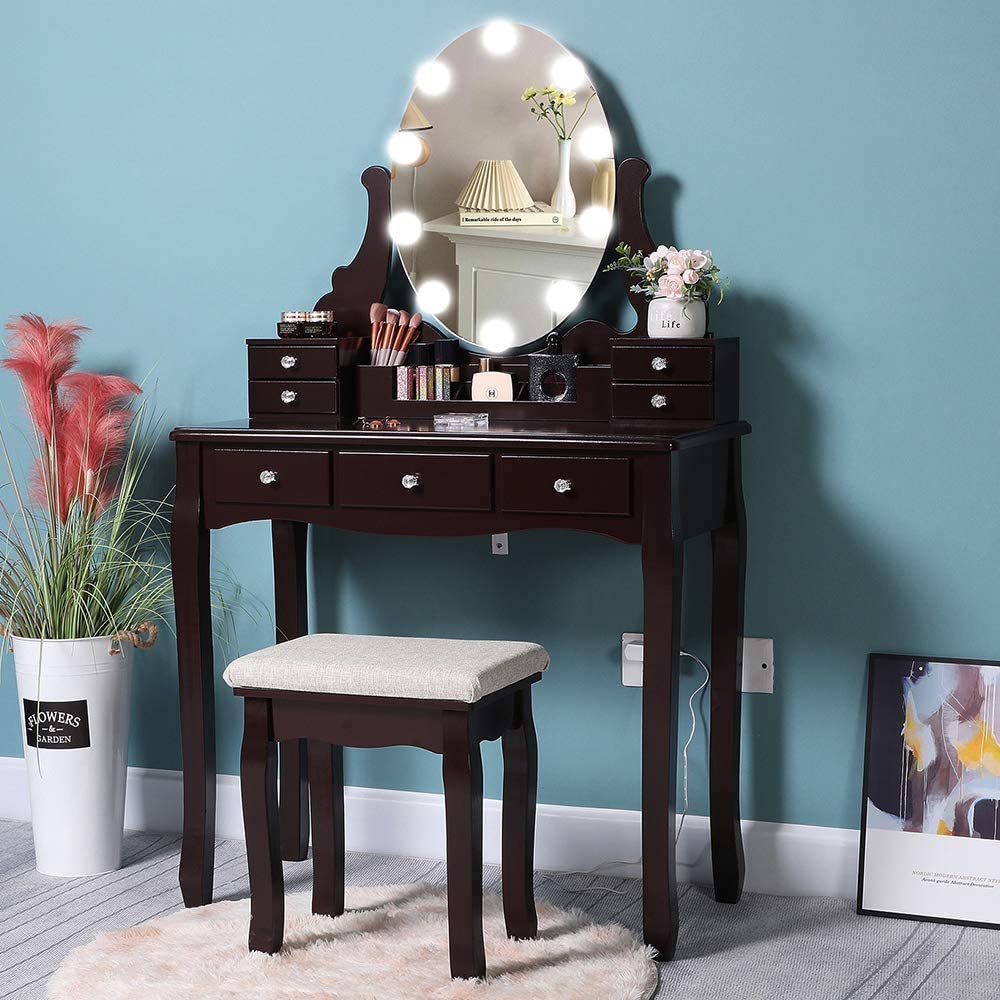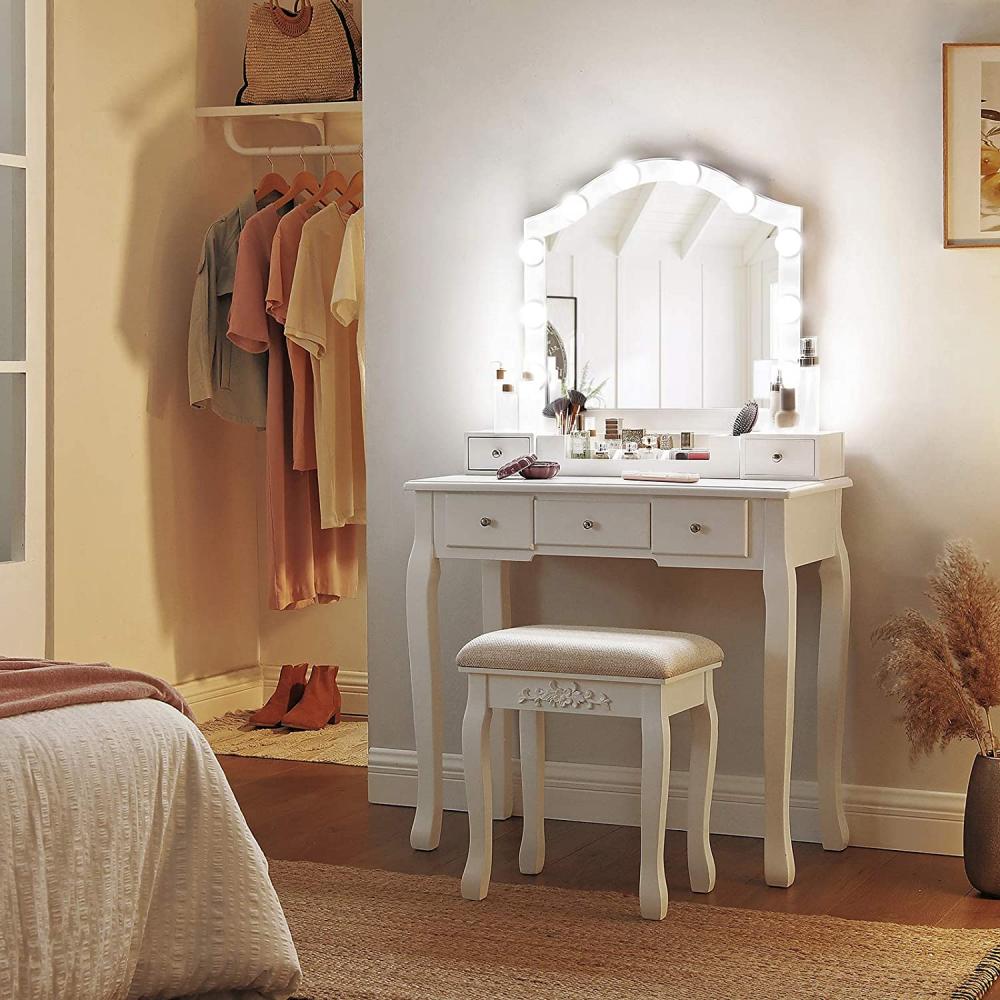The correct training method should be to resume the next training after the body recovers from previous training and reaches over compensation (about 24 to 36 hours), so that physical fitness can continue to improve steadily. In addition, the amount of training must gradually increase in line with the physical progress, in order to give the body enough stimulation, so that physical fitness has long-term progress, not to stagnate in the original period. Specific training progress can refer to the following example:
The first day: training chest, back,
The next day: training shoulders, arms,
Day 3: Softness and aerobic training
Day 4: Repeat the first three days of the cycle.
So all parts have two days of rest after training to avoid overtraining and sports injuries.
Second, keep the soft body
While training gives you strength, you usually feel the tightness of your muscles. A stiff body limits your athletic ability and counteracts the effect of muscle strength. Therefore, in the process of physical training, do not overlook the importance of softness training. The so-called "softness" refers to the range in which the limb can move near the joint. As far as climbers are concerned, good softness not only helps with high foot lifts or arms crossings, but also allows your center of gravity to stay close to the rock wall to save energy or reduce the center of gravity to change the direction of the hand force. Can avoid the occurrence of sports injuries.
The method to increase the softness is to increase the length of the muscle by "stretching". Be sure to complete warm-up exercises before stretching to achieve the effect and avoid strain. The best time for stretching is after climbing or exercising. Although mild stretches before climbing can help warm up, excessive stretches can hinder muscle movement and affect rock climbing performance.
Again, pay attention to a healthy diet
Most rock climbers know to diet. However, if overcorrected, inadequate nutrition will affect the repair and growth of cell tissue and reduce your vitality, reaction power and endurance. We must pay attention to the intake of the following types of nutrients:
Fat: Yes, it is your biggest enemy! The complex molecular structure of fat makes your body averse to using it, but instead stores it. Only long-term aerobic exercise will force the body to use fat energy. The accumulation of fat in arteries and veins can hinder the delivery of nutrients in the body; the weight of fat is even more your enemy for gravity. So don't give up fat foods.
Carbohydrates: For athletes, it represents energy! Carbohydrates can be decomposed and converted into glycogen for use by the body. According to their molecular structure can be divided into two categories: monosaccharides such as candy is a fast energy source, but its low nutritional value; polysaccharides such as rice, noodles and other digestion and absorption slower, but can bring a long time energy. A carbohydrate-based diet is just what you need. But please choose natural foods to avoid highly processed convenience foods. They contain too much sodium, sugar and other additives.
Protein: Protein foods contain essential ingredients for athletes, amino acids. Its help to the human body has at least: promoting cell tissue growth, increasing oxygen utilization, improving immunity, promoting the manufacture of hormones and enzymes, lowering body fat levels, and enabling you to quickly recover after training. Insufficient intake of amino acids may cause you to feel tired, knot pain, lack of endurance and other overtraining symptoms.
Vitamins and minerals: Vitamins and minerals are essential for cell growth and other biochemical effects. Natural and diverse diets are the best source of intake. If you are concerned about the lack of daily vitamins, it is also a good insurance.
Moisture: Water is the most commonly overlooked nutrient. Water is an important contributor to the metabolism of the body. Drink plenty of water, maybe your injury, the stagnant period of training will magically disappear.
Dressing table, also called toilet table, a table used for the toilet. The term originally was applied in the 17th century to small tables with two or three drawers. It soon became common practice to conceal the fittings of the dressing table when they were not in use, and great ingenuity was exercised by 18th-century cabinetmakers to combine elaborate fittings with a handsome piece of furniture.

In the Cabinet-Makers` London Book of Prices (1788), Thomas Shearer included a design for a dressing stand [with folding tops. The top and bottom fronts are shams, in the back part of the stand is a cistern which receives water from the bason drawer . . . ." The inside included [A glass hung to a sliding piece, 3 powder boxes, a lift-out to hold 4 razors, hone and oil bottle, a ditto for combs, and partion`d off for tooth brushes, a shallow ditto for tweezers, knives etc. . . . ."

Mirrored Dressing Table,Dressing Table Set,Vanity Dressing Table,Dressing Table With Drawers,Wooden Dressing Table,MDF Dressing Table,Dresser With Mirror
Jinan Tri-Tiger Technology Development Co., Ltd , https://www.tigerwoodproduct.com